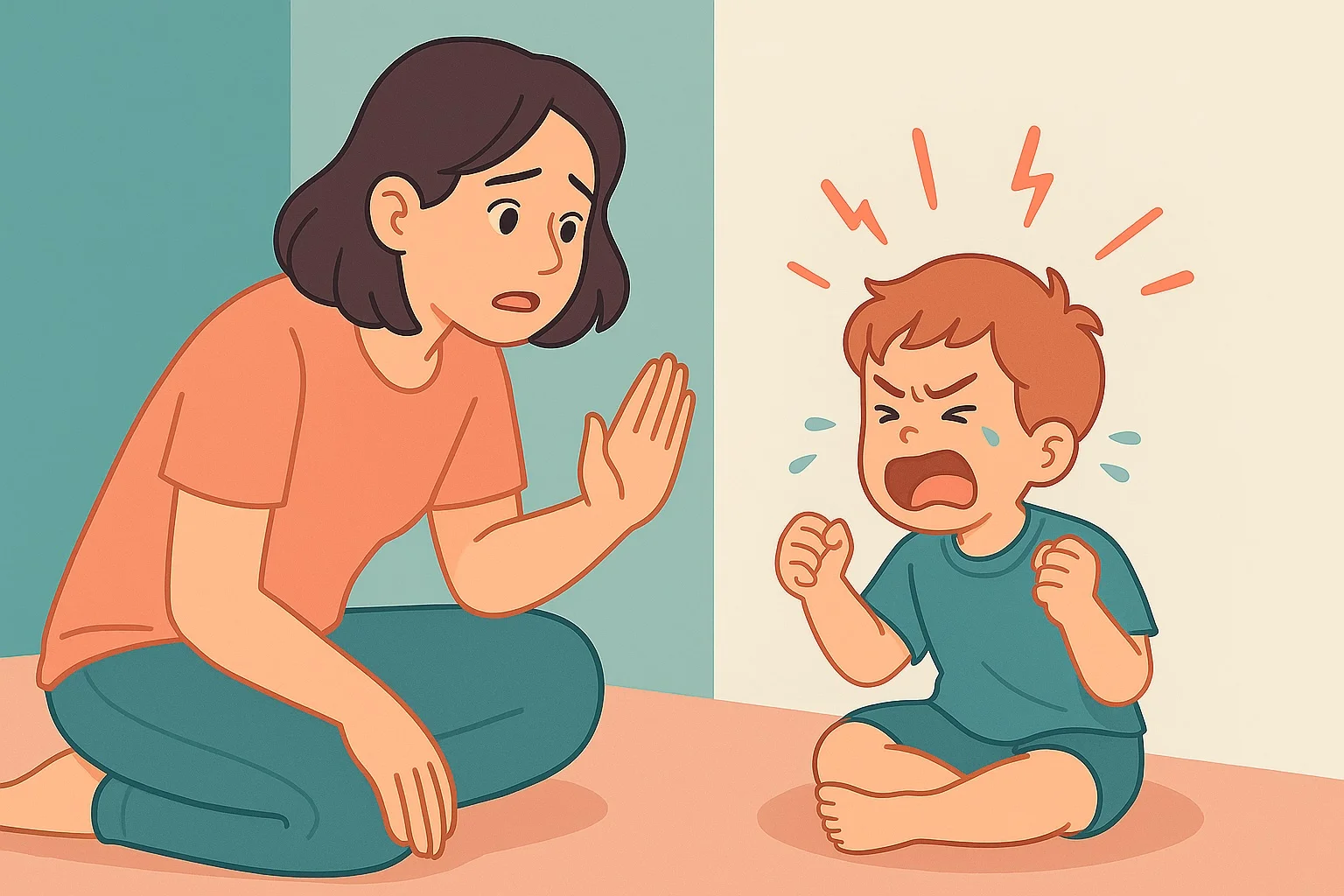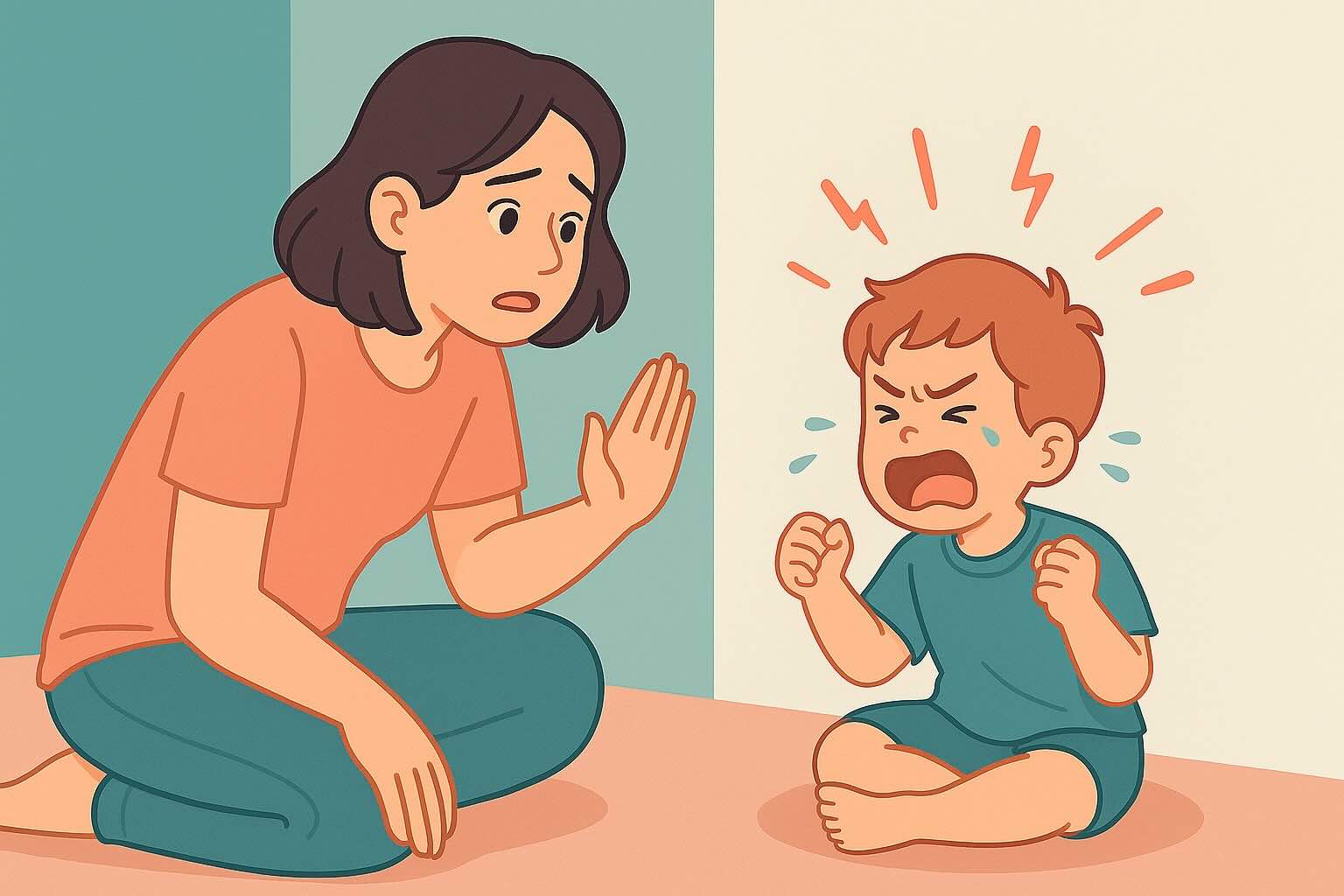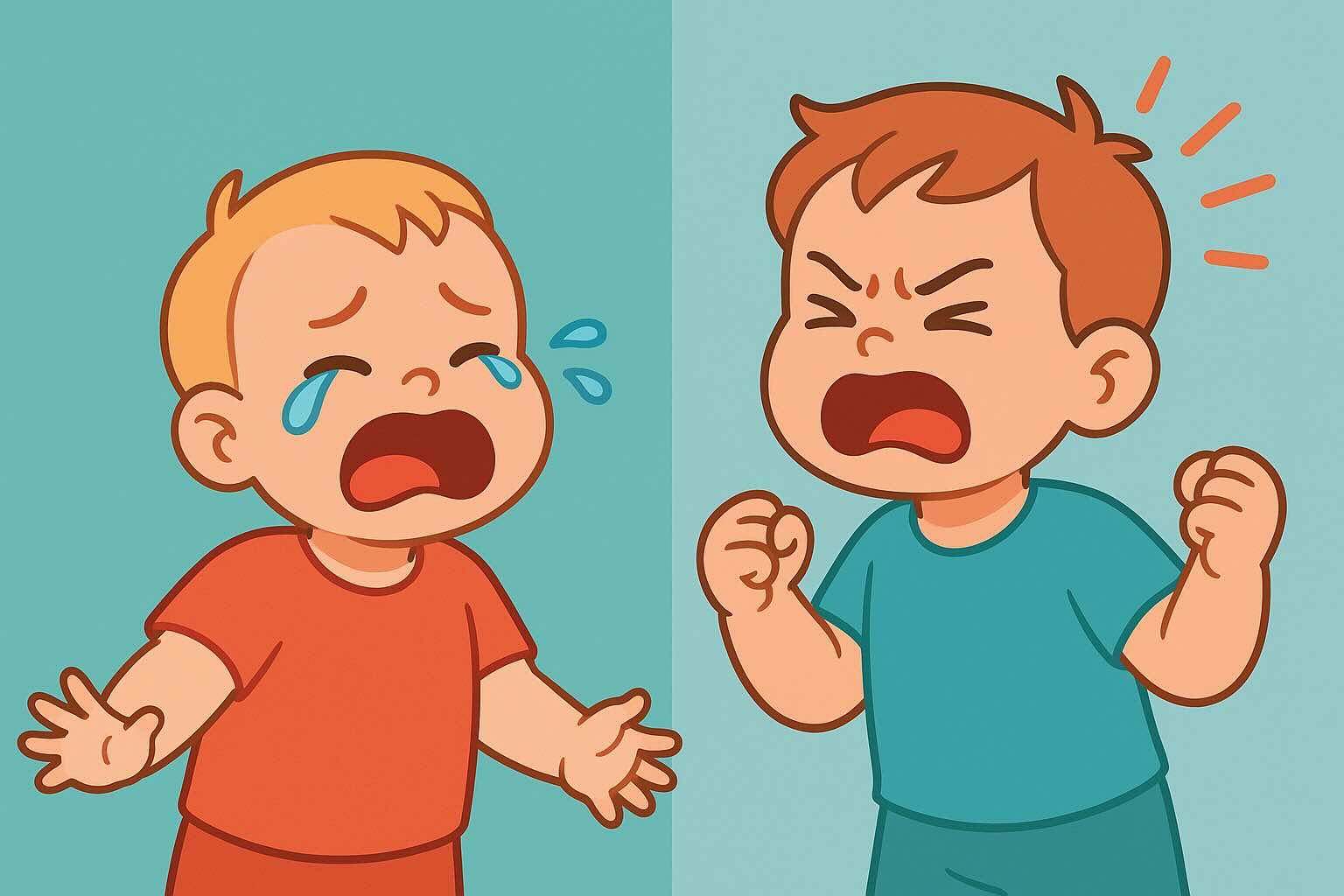18 Month vs 2 Year Old Tantrums: Age-Specific Strategies

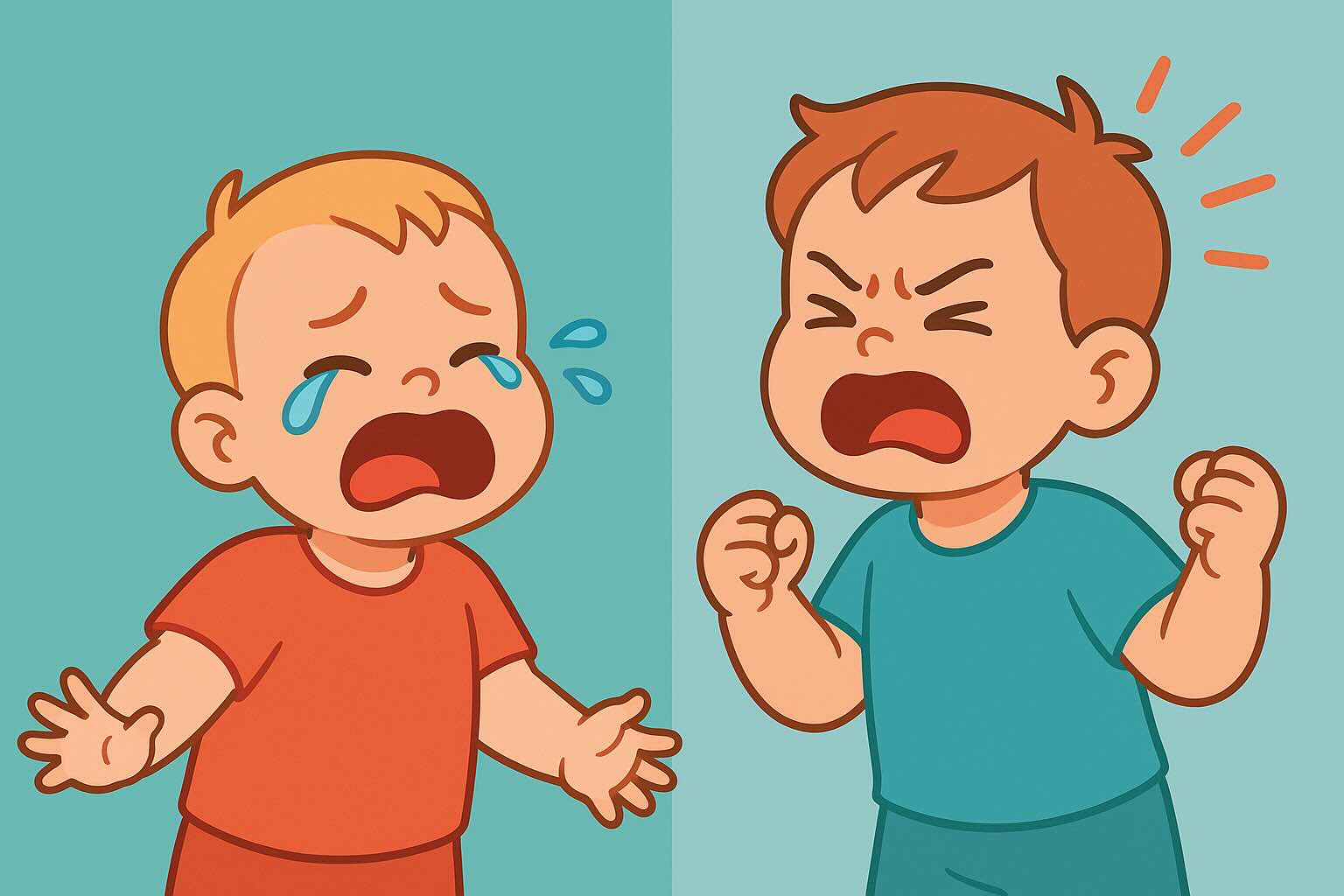
Understanding Tantrum Differences: Watch This First
Watching your toddler melt down can be overwhelming, but understanding why their tantrums happen—and how they change as they grow—can transform your response from reactive to strategic. The truth is, an 18-month-old's meltdown serves a completely different purpose than a 2-year-old's tantrum, and your approach should reflect these developmental differences.
Research shows that tantrums peak between 18 months and 3 years, with 87% of 18-24 month olds and 91% of 30-36 month olds experiencing tantrums, dropping to 59% by 42-48 months. The typical tantrum lasts just 3 minutes, with most ending within 30 seconds to 1 minute. Let's break down exactly what's happening in your toddler's brain and body at each age—and give you the specific strategies that work best for each stage.
For the complete response framework, see our main tantrum guide, and for proactive approaches, check out our prevention strategies. To understand the developmental science behind these age differences, our tantrum science guide explains how brain development affects emotional regulation at each stage.
What You'll Learn in This Guide
- 18-Month Tantrum Characteristics - What's normal and why they happen
- 2-Year-Old Tantrum Evolution - How and why tantrums change
- Brain Development Differences - The science behind each stage
- Age-Specific Response Strategies - Exactly what works when
- Common Triggers by Age - What sets off tantrums at each stage (use prevention strategies to address these proactively)
- When to Be Concerned - Red flags for each developmental period
Estimated reading time: 7 minutes
Understanding 18-Month Tantrums: The "Communication Crisis" Stage
What 18-Month Tantrums Look Like
At 18 months, tantrums are typically:
- Shorter in duration (most last 30 seconds to 3 minutes)
- More physical (throwing themselves down, arching back)
- Immediate response to frustration or unmet needs
- Less strategic and more reactive
- Easier to redirect with distraction or comfort
The 18-Month Brain: Under Construction
Your 18-month-old's brain is experiencing rapid development, but critical areas are still forming:
What's developed:
- Basic emotional centers (they feel everything intensely)
- Attachment systems (they know who keeps them safe)
- Motor skills (they can move but lack coordination)
- Memory formation (they remember what they like/dislike)
What's NOT developed:
- Language centers (150-300 words max vocabulary)
- Impulse control (virtually nonexistent)
- Emotional regulation (completely dependent on you)
- Logical thinking (cause-and-effect understanding is basic)
Common 18-Month Tantrum Triggers
Physical Needs:
- Hunger (blood sugar drops quickly at this age)
- Tiredness (need 11-14 hours of sleep daily)
- Overstimulation (easily overwhelmed by sensory input)
- Physical discomfort (wet diaper, too hot/cold)
Communication Frustration:
- Wanting something they can't ask for (limited to 20-50 words at this age)
- Understanding more than they can express
- Being misunderstood by caregivers
- Feeling unheard or ignored
Developmental Pushes:
- Wanting independence but lacking skills
- Exploring boundaries (what happens if I...)
- Testing caregiver responses
- Processing new experiences
Effective Strategies for 18-Month Tantrums
Immediate Response Framework:
Step 1: Address Basic Needs First
- Offer water, snack, or comfort item
- Check for physical discomfort
- Reduce stimulation (dim lights, quiet space)
Step 2: Use Physical Comfort
- Get down to their level
- Offer hugs or gentle touch (if they want it)
- Use calm, soothing voice
- Stay physically close
Step 3: Simple Language + Action
- "You're sad. Mama's here."
- "Hungry? Let's get crackers."
- "Tired? Time for cuddles."
- Show, don't just tell (demonstrate what you mean)
Step 4: Distraction and Redirection
- Point to something interesting
- Sing a favorite song
- Pull out a special toy
- Change locations if possible
Understanding 2-Year-Old Tantrums: The "Autonomy Battle" Stage
What 2-Year-Old Tantrums Look Like
By age 2, tantrums evolve significantly:
- Longer duration (median 3 minutes, but can feel much longer)
- More complex emotional content
- Strategic elements (they learn what works)
- Boundary testing becomes prominent
- Language involvement (they might argue back)
The 2-Year-Old Brain: More Awareness, Same Limitations
New developments at age 2:
- Vocabulary explosion (50-300+ words, with wide individual variation)
- Basic understanding of time concepts (soon, later, after)
- Stronger sense of self ("me do it!")
- Better memory and pattern recognition
- Beginning awareness of others' emotions
⚠️ Critical Warning: Avoid Digital Calming Recent 2024 research shows that using tablets, phones, or screens to calm toddler tantrums creates harmful dependency cycles and reduces children's ability to develop self-regulation skills over time.
Still developing:
- Emotional regulation (won't be mature until mid-20s)
- Impulse control (still very limited)
- Logical reasoning (magical thinking is normal)
- Flexible thinking (struggle with plan changes)
Common 2-Year-Old Tantrum Triggers
Autonomy Conflicts:
- Being told "no" to something they want
- Having someone do something they wanted to do
- Being rushed through activities
- Not being allowed to make choices
Emotional Overwhelm:
- Disappointment when expectations aren't met
- Frustration with tasks beyond their ability
- Anxiety about new situations or people
- Feeling misunderstood despite better language skills
Power Struggles:
- Testing limits and boundaries
- Wanting control over their environment
- Resistance to transitions
- Asserting independence in safe relationships
Effective Strategies for 2-Year-Old Tantrums
Advanced Response Framework:
Step 1: Emotional Validation + Boundaries
- "You're really angry that we have to leave the park."
- "It's hard when you can't have what you want."
- "I understand you're disappointed AND we still need to go."
Step 2: Offer Limited Choices
- "Would you like to walk to the car or should I carry you?"
- "Do you want to put on your shoes first or your coat?"
- "Should we count to 10 or take deep breaths together?"
Step 3: Use Their Growing Language
- Help them name feelings: "You seem frustrated."
- Teach cause and effect: "When we throw toys, they break."
- Introduce time concepts: "After lunch, we'll go to the park."
Step 4: Problem-Solve Together (After the Storm)
- "What can we do differently next time?"
- "How can I help you when you feel this way?"
- "Let's think of a plan for tomorrow."
Side-by-Side Comparison: 18 Months vs 2 Years
Tantrum Duration and Intensity
| Aspect | 18 Months | 2 Years |
|---|---|---|
| Average Duration | 30 seconds - 3 minutes | 3 minutes (median) |
| Intensity | High but brief | High and sustained |
| Recovery Time | Quick with comfort | Needs processing time |
| Frequency | 87% experience tantrums | 91% experience tantrums (peak) |
Communication Abilities
| Aspect | 18 Months | 2 Years |
|---|---|---|
| Vocabulary | 20-50 words typically | 50-300+ words (wide individual variation) |
| Self-Expression | Pointing, crying, basic words | Simple sentences, some emotion words |
| Understanding | Simple commands | Multi-step instructions |
| Reasoning | None | Very basic |
Effective Interventions
| Strategy | 18 Months | 2 Years |
|---|---|---|
| Physical Comfort | Highly effective | Moderately effective |
| Distraction | Very effective | Less effective |
| Choices | Simple either/or | Multiple options work |
| Explanation | Keep very simple | Can handle basic reasoning |
| Time-outs | Not appropriate | Can be introduced carefully |
Red Flags: When to Seek Professional Help
Concerning Signs at 18 Months
- Tantrums lasting longer than 15-20 minutes consistently
- More than 5 tantrums per day regularly
- Complete inability to be comforted
- Aggressive behavior toward others that doesn't respond to intervention
- Self-harm during tantrums
- Significant regression in previously acquired skills
- No response to comfort or soothing techniques
Concerning Signs at 2 Years
- Tantrums increasing in frequency after age 2.5 (when they typically decrease)
- Daily tantrums continuing beyond typical developmental patterns
- Extreme aggression that doesn't improve with consistent intervention
- Tantrums that seem out of proportion to triggers
- Developmental delays in language or social skills
- Complete defiance of all boundaries and limits
- "Out of the blue" tantrums with no identifiable triggers
Updated Professional Guidelines (2023-2024)
Seek immediate consultation if:
- Tantrums interfere significantly with daily functioning
- Associated sleep problems or persistent negative mood between tantrums
- Pattern suggests possible neurodivergence (autism, ADHD, sensory processing differences)
- Any concerning behaviors that worry you as a parent
Research shows: Only 4.4% of children have daily tantrums, and only 5-7% have tantrums lasting over 15 minutes occurring 3+ times per week.
Age-Specific Prevention Strategies
For 18-Month-Olds: Environmental Management
Routine Optimization:
- Keep daily schedules very predictable
- Watch for early tired/hungry cues
- Limit overstimulating environments
- Have comfort items readily available
Communication Support:
- Use simple sign language for basic needs
- Narrate their emotions: "You're frustrated!"
- Respond quickly to early communication attempts
- Read emotion books together during calm times
For 2-Year-Olds: Skill Building
Emotional Intelligence Development:
- Teach feeling words during calm moments
- Practice deep breathing or counting together
- Create a "feelings chart" with pictures
- Model emotional regulation out loud
Independence with Support:
- Offer meaningful choices throughout the day
- Create "yes" spaces where they have control
- Use visual schedules for daily routines
- Celebrate successful emotional regulation
Real Parent Success Stories
Maria's 18-Month Journey
"Once I understood that my daughter's tantrums were communication attempts, everything changed. Instead of feeling frustrated, I started thinking 'what is she trying to tell me?' Usually it was hunger, tiredness, or wanting help with something. Addressing the underlying need stopped 80% of her meltdowns."
David's 2-Year-Old Breakthrough
"My son's tantrums got worse at 2 because I was still treating him like an 18-month-old. When I started offering him choices and validating his feelings while maintaining boundaries, he felt heard but still learned limits. The tantrums didn't disappear but became much more manageable."
Your Age-Specific Action Plan
For 18-Month-Olds: Focus on Prevention
Week 1: Track triggers (hunger, tiredness, overstimulation) Week 2: Optimize environment and routines Week 3: Practice physical comfort techniques Week 4: Work on simple communication supports
For 2-Year-Olds: Build Emotional Skills
Week 1: Introduce feeling words and choices Week 2: Practice validation + boundary holding Week 3: Work on prevention through routine and choice-giving Week 4: Celebrate progress and adjust strategies
Special Considerations for Neurodivergent Children
Autism and Sensory Processing Differences
Meltdowns vs. Tantrums:
- Meltdowns (autism): Sensory overwhelm, can't be "negotiated," child needs calming environment
- Tantrums (typical): Goal-directed behavior, responds to boundary-setting and redirection
Different approaches needed:
- Sensory-first strategies (reduce stimulation, offer sensory tools)
- Longer recovery times after meltdowns
- Visual supports and predictable routines are crucial
- May need occupational therapy consultation
ADHD and Emotional Dysregulation
- More intense emotions and longer recovery times
- Difficulty with transitions and unexpected changes
- May need movement breaks and sensory input
- Executive function challenges affect self-regulation
When to Consider Neurodivergent Evaluation
- Tantrums seem disproportionate to triggers
- Extreme sensitivity to sensory input (sounds, textures, lights)
- Significant difficulty with any change in routine
- Very delayed language development alongside intense tantrums
- Self-soothing behaviors that seem unusual
Key Takeaways: Age-Appropriate Tantrum Management
- ✅ 18-month tantrums are primarily about basic needs and communication frustration
- ✅ 2-year-old tantrums involve more complex emotions and autonomy seeking
- ✅ Physical comfort is crucial for younger toddlers, emotional validation for older ones
- ✅ Prevention strategies should match your child's developmental capabilities
- ✅ Flexibility is key as your child transitions between stages
- ✅ Understanding development reduces parent guilt and frustration
- ✅ Consistent responses help children learn what to expect
- ✅ Professional help is available if concerns arise
Remember: Your child's tantrums will evolve as they grow. Understanding these changes helps you respond with confidence rather than confusion.
For specific communication techniques adapted to each age group, our tantrum communication scripts guide provides language that matches your child's developmental capabilities. If you're dealing with public meltdowns, our public tantrum survival guide includes age-specific strategies for managing tantrums outside the home.
Ready to get age-specific strategies for your toddler? Track your child's development and get personalized tantrum support with the RootWise app.
Multi-Child Support
Manage profiles for multiple children with personalized conversations and age-appropriate advice for each child.

Challenging Moments Support
Access step-by-step parenting strategies, quick tips, and age-specific guidance for difficult situations when you need it most.
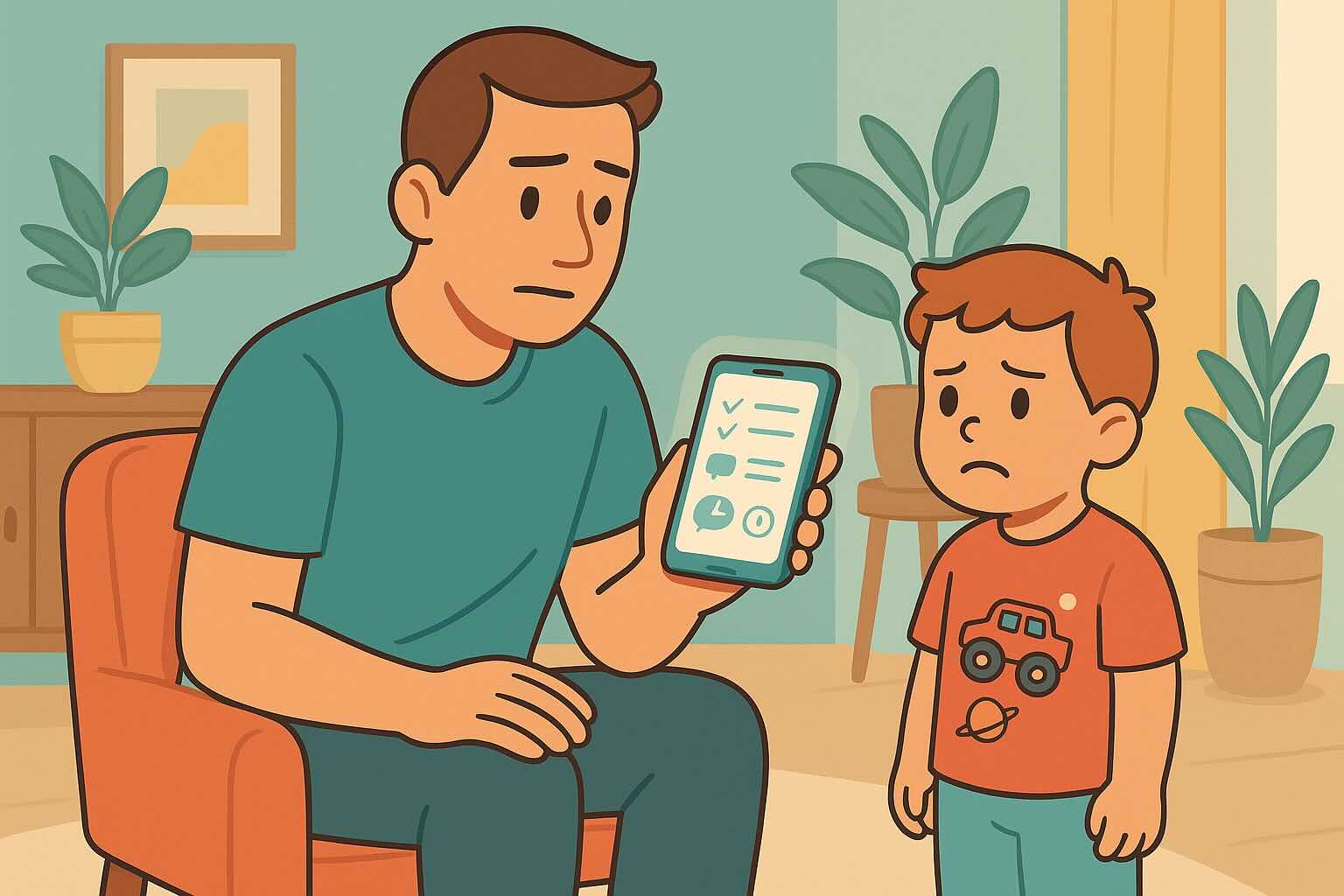
Struggling with tantrums?
Get personalized coaching support available 24/7. Your parenting coach understands what you're going through.
Try RootWise Free →Free Tantrum Scripts
Help your toddler manage big emotions with these strategies and scripts.
Frequently Asked Questions
Recommended Resources
These carefully selected resources complement the strategies in this guide and are built by parents, backed by research.
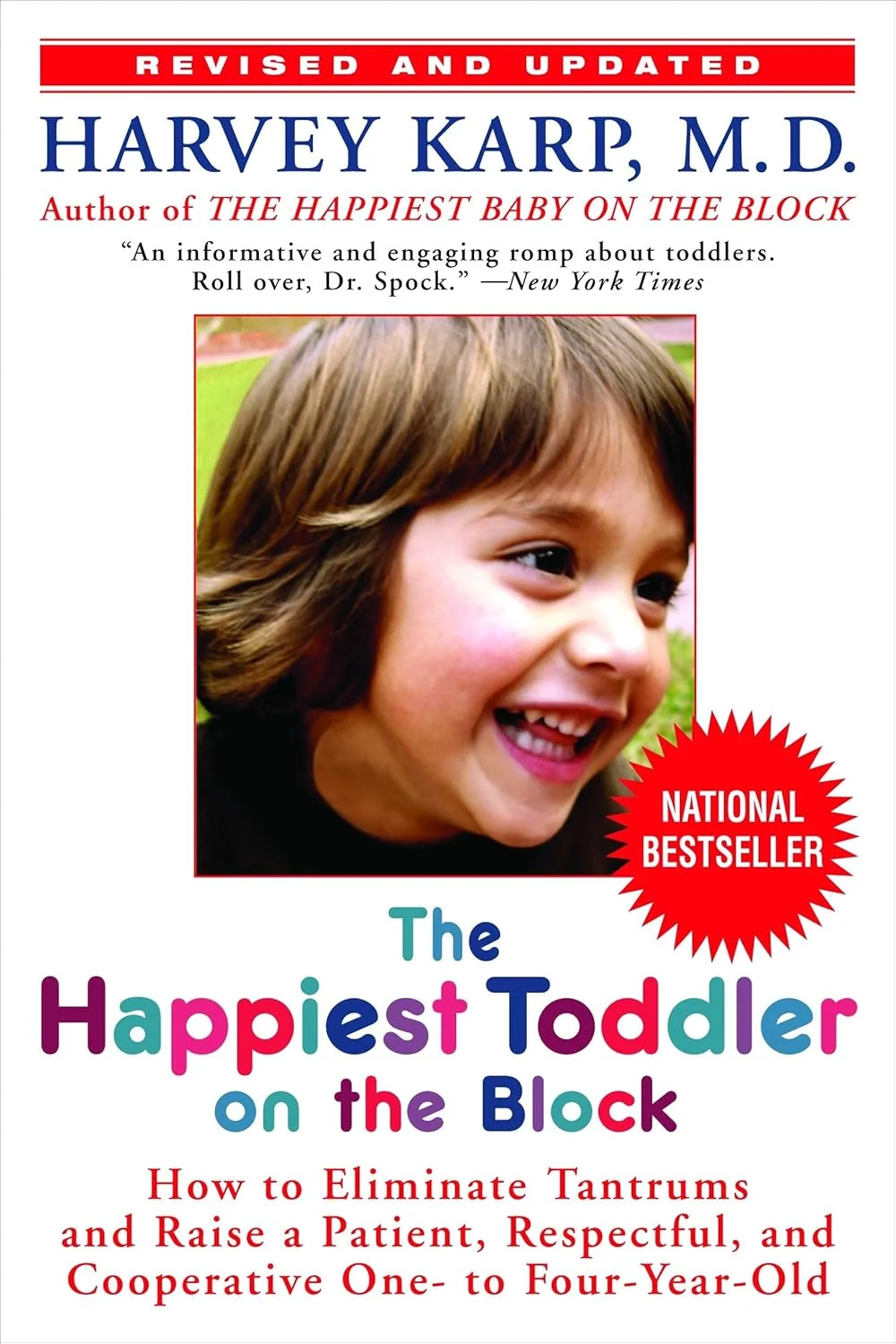
The Happiest Toddler on the Block
by Harvey Karp
New way to stop the daily battle of wills and raise a secure and well-behaved toddler.
Affiliate Disclosure: We earn a small commission from qualifying purchases made through our links. This helps support our content creation at no additional cost to you. We only recommend products we genuinely believe in.
Need personalized support?
RootWise's AI coach can provide tailored strategies for your specific situation, available 24/7 when you need it most.
Learn More About AI Coaching →